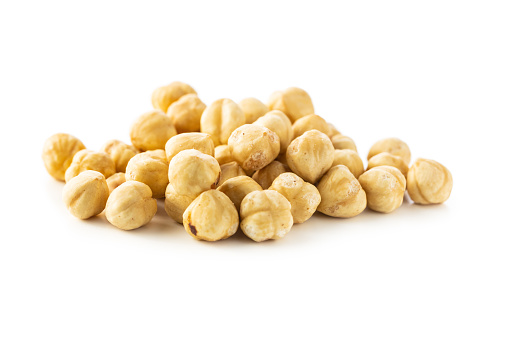HASSEL NUT OIL

Oil extraction
Harvesting occurs from August to October, depending on the variety and the area of cultivation. As a rule, harvesting is done by shaking after spreading cloths. The harvest is then dried in an airy, low-moisture place. If stored in a cool place, it can then be kept for 12 months [Dassler/Hartmann 1991, p. 194].
The hazelnuts are pressed out, roasted or unroasted, depending on the intended use of the oil and press cake.
With Florapower equipment, the hazelnuts are gently heated to the pressing temperature and thus prepared for cold pressing (without roasting). According to Ulmer [Ulmer 1996, p. 83], the hazelnuts are first roasted and then the shell is removed. The nuts are then pressed out by a screw press/oil press. In both cases, a comparable degree of pressing is achieved and, in addition to the oil, a high-quality co-product is obtained in the form of press cake.
Another possibility is extraction with supercritical CO2 or extraction with n-hexane [Bernardo-Gil et al. 2002].
USE
In the kitchen
Cold-pressed hazelnut oil can be used to refine all kinds of wholefood dishes, as well as salad and vegetable variations, due to its unmistakable nutty taste.
We will be happy to advise you on this seed and show you options. Contact us
In addition to our own knowledge gained through pressing tests, the following sources were used to create this article:
- Öle, natürlich kaltgepresst, Basiswissen & Rezepte, Marcus Hartmann, Hädecke, 2008
- Heilende Öle, Pflanzenöle als Nahrungs- und Heilmittel, Neue Erkenntnisse, Günter Albert Ulmer Verlag Tuningen
- Lexikon der pflanzlichen Fette und Öle, Krist, Buchbauer, Klausberger, SpringerWienNewYork, 2008
- www.wikipedia.de
- en.wikipedia.org

